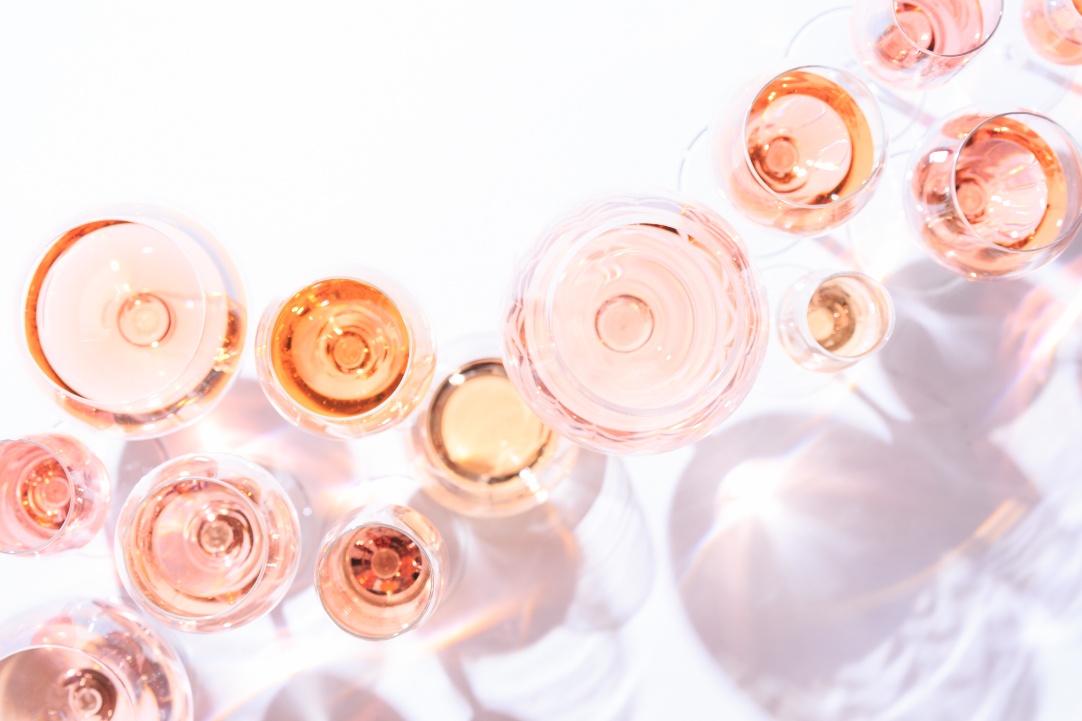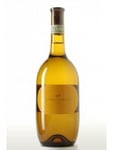4 min read
Festive Without the Fuss: 15-Minute Holiday Cocktails
The holidays are supposed to be about celebrating with people you care about and making memories that last. But...
By: Beau Farrell on September 05, 2019

Remember when rosé was considered passé? Not anymore. Rosé wines have undergone a big transformation in the image of the public. This isn't your old Aunt Alice's rosé – that sweet, awful stuff. Today, they're wonderful, beautifully balanced wines.
Rosé wines now run the table from ultra-sweet to bone dry. And most do not cost very much either. Rosé wines still seem to suffer from seasonal neglect, but more people are now discovering just how enjoyable they can be year-round, especially in the Midwest, where we can always use a bright winter pick-me-up.
Despite the common misconception that rosé wine is just a mix of red and white wine, it is actually made the same way as red wine. The key difference is that the grapes are crushed lightly, so the wine takes on the right coloring with a lighter taste. Since all grape juice runs clear, rosé wines can be made from any type of red grape. The coloring only comes from contact with the skin of the grapes. The longer the grapes are left on the skin, the deeper the color will be and the more it will take on the tannic characteristics found in red wine.
The great thing about Rosé is that it doesn’t require aging. Once bottled, the wine is ready to drink. When it is fresh and new, rosé is at its best. Unlike most wines, rosé wines do not improve with age, so avoid trying to save your rosés. A good rule of thumb when exploring rosé wines is that old world wine is less sweet and drier, and new world wine is a little sweeter or fruitier, particularly in this country. Some rosés, like white zinfandel, are flavored with added sugars. So look for a rosé wine that is fresh, crisp and acidic, with no extra sugar that will bury the mineral content of the wine.
If you are on the hunt for a classic, dry rosé, look for any wine produced in France, particularly in the Tavel wine region or Loire Valley. You really can’t go wrong with a French Rosé wine. For those of you interested in unique flavors with a lot of character, try a Croatian rosé. A great option is a wine from Korta Katarina, which is a winery in Croatia that is owned by native Minnesotans.
If you want to explore beyond some typical French Rose wines, you may want to try Brut Rosé wines. Especially if you’re serving appetizers, or aperitifs as some Europeans call it, a bubbly and refreshing Brut Rosé will suit various pre-dinner tastes quite well.
Rosé wines are not only inexpensive, but are also extremely food-friendly. They lie between the extremes of red and white wine, allowing them to be both versatile and complementary with a vast assortment of flavors.
Rosé wines are a great choice for barbeques and picnics, afternoon parties, and trips to the lake. They pair well with most salads and are an excellent welcoming aperitif drink for your guests. Our savvy consumers are discovering more and more uses for rosé which explains why it is experiencing double-digit growth in the industry. Rosé is on its way to becoming the new favorite go-to wine.
This brilliant, salmon colored rose wine is amazingly expressive, revealing the aromas of fresh red fruit twinned with riper fruit. The attack is supple and full. The mouth is round and full with a perfectly balanced, smooth acidity. The finale is long and fresh and leaves the aroma of fresh red fruit.
Dive into this French rosé wine, a fine brut rosé of strawberry, blackcurrant fruity punch in medium-bodied bubbles. Serve this alongside the next dinner when you offer salmon or seafood like shrimp and lobster with a light cream sauce.
Very dark and beautiful hue of dark pink. The wine is on the dry side and would pair well with a hearty salad.
Discover the South East way of life in this outstanding cuvee "Rosefine". The finesse and freshness of this AOC Luberon rose come from Marrenon vineyards, entirely located with in Luberon Regional nation Park. Fresh & Fruity
“Rosé all day” is a cheesy trope these days, but now you know why there are lots of quality rosé wines to try at your local Haskell’s. Stop by to pick some out soon.




Nov 17, 2025by Beau Farrell
The holidays are supposed to be about celebrating with people you care about and making memories that last. But...
Nov 4, 2025by Beau Farrell
Between late November and early January, you're hosting more gatherings than the rest of the year combined....
Oct 21, 2025by Beau Farrell
The holidays are approaching, and you're planning gatherings that bring everyone together.
That often means catering...